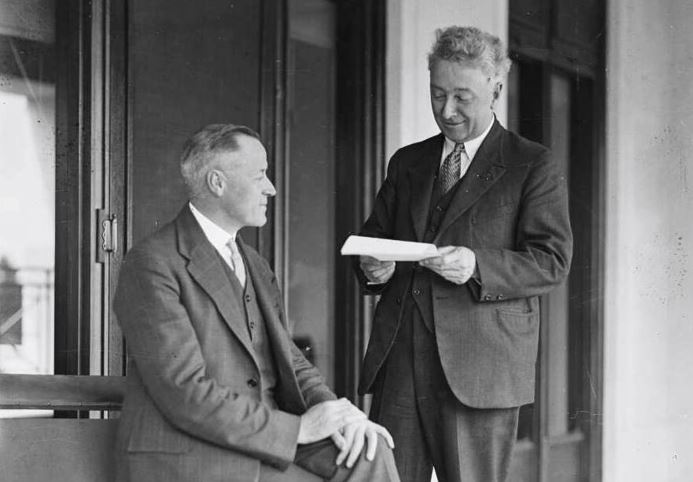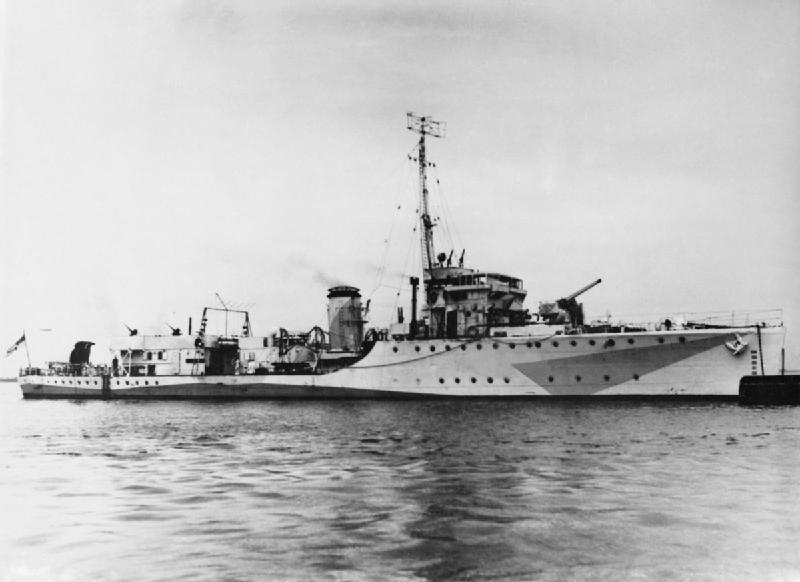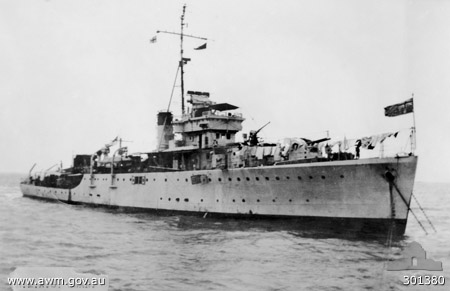Admiral Beez
Major
Neville Chamberlain (PM May 1937 to Oct 1940) is unfairly blamed IMO for Britain not being sufficient armed for WW2. Where I think Britain could have done better is under PM Stanley Baldwin, who was PM from June 1935 to May 1937. Baldwin was certainly busy during the last months of his government, having ordered all three Illustrious class carriers and the final two KGV class battleships between Jan and April 1937, but could he have done more? The Great Depression was rapidly losing its hold on Britain and Hitler has been in power since 1933.

 ](*,)](/forum/images/smilies/eusa_wall.gif)


